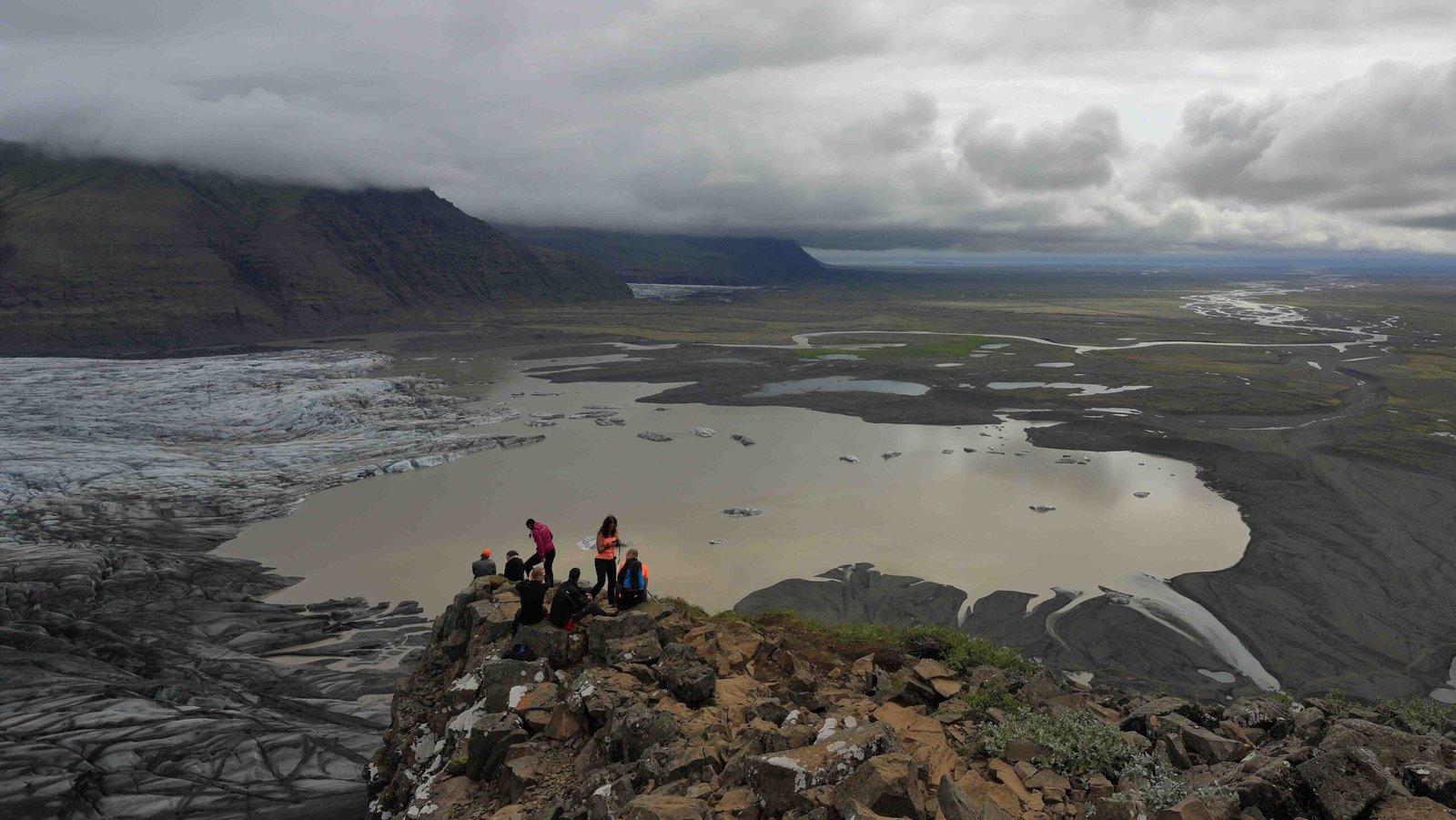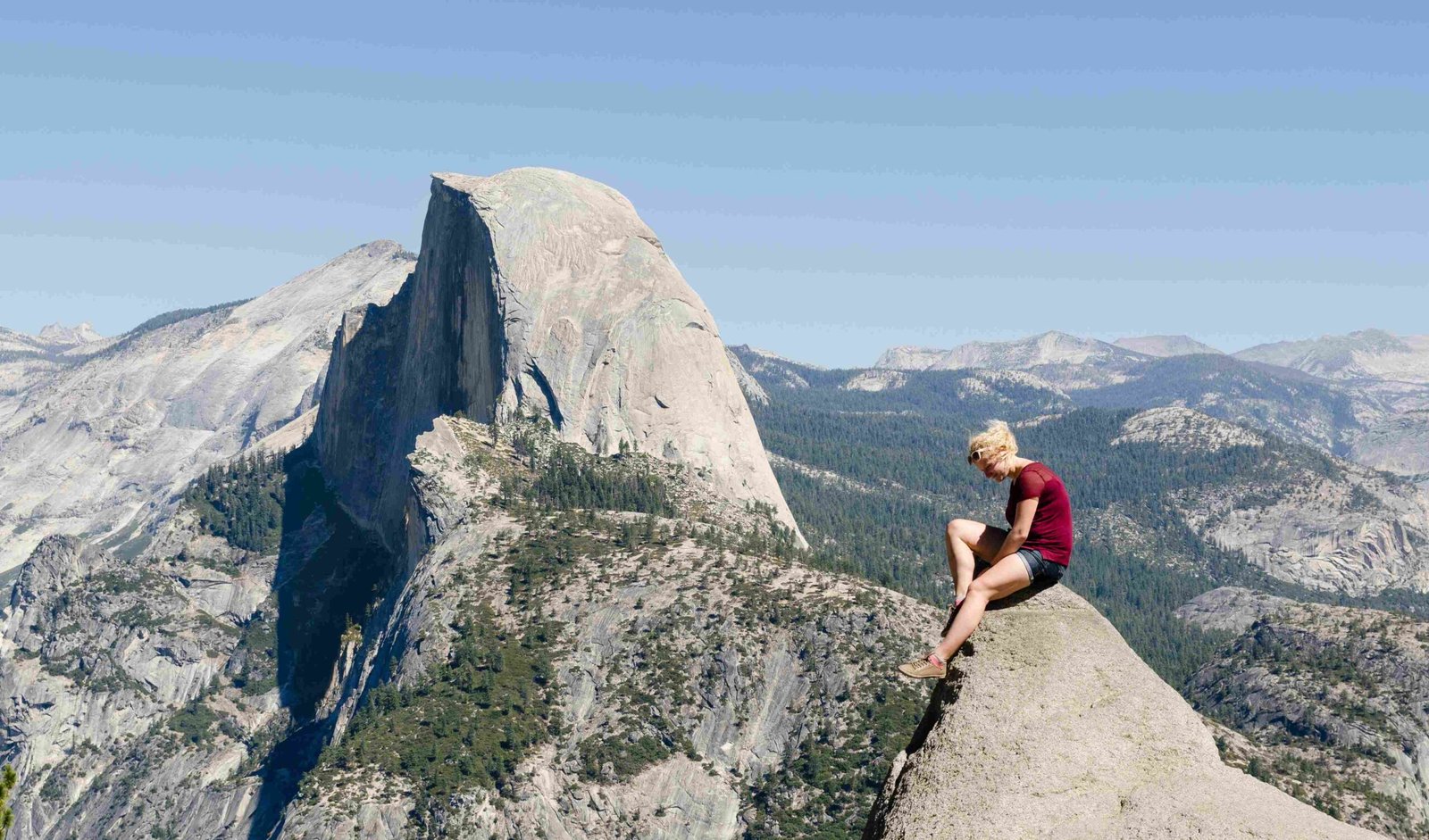Mount Dawson stands as the highest peak in Glacier National Park, Canada, reaching an impressive elevation of 3,377 meters (11,079 feet) above sea level. Located in the northern part of the Selkirk Mountains in British Columbia, this majestic peak dominates the landscape of the park. Its towering presence offers breathtaking views and challenging hiking opportunities for adventurers and nature enthusiasts alike.
What Makes Mount Dawson the Highest Peak in Glacier National Park Canada?

Mount Dawson’s claim to fame as the highest peak in Glacier National Park, Canada, is due to its impressive elevation of 3,377 meters (11,079 feet). This towering mountain is part of the Selkirk Range, which is known for its rugged terrain and spectacular glacial features. The peak’s prominence in the park’s landscape makes it a focal point for mountaineers and hikers seeking to conquer the most challenging summits in the region.
Key Facts About Mount Dawson:
- Elevation: 3,377 meters (11,079 feet)
- Location: Northern Selkirk Mountains, Glacier National Park, British Columbia
- Mountain Range: Selkirk Range
- First Ascent: 1899 by Henry Forster and Hans Kaufmann
How Can Visitors Access Mount Dawson?

Accessing Mount Dawson requires careful planning and preparation. The peak is located in a remote area of Glacier National Park, and reaching its base involves navigating through challenging terrain.
- Park Entry: Enter Glacier National Park via the Trans-Canada Highway.
- Trailhead: The nearest trailhead is typically accessed from the Illecillewaet Campground.
- Approach: A multi-day hike through alpine meadows and glacial moraines is necessary to reach the base of Mount Dawson.
- Climbing: The final ascent requires technical climbing skills and equipment.
What Are the Best Seasons to Visit Mount Dawson?
The optimal time to visit Mount Dawson depends on your objectives and experience level:
| Season | Conditions | Recommended Activities |
|---|---|---|
| Summer (July-August) | Mild temperatures, less snow | Hiking, climbing, photography |
| Fall (September-October) | Cooler temperatures, potential early snow | Hiking, wildlife viewing |
| Winter (November-April) | Heavy snow, avalanche risk | Experienced mountaineers only |
| Spring (May-June) | Snowmelt, unpredictable weather | Skiing, snowshoeing (early spring) |
What Equipment is Necessary for Climbing Mount Dawson?
Climbing Mount Dawson requires specialized equipment due to its challenging terrain and high altitude. Here’s a list of essential gear:
- Mountaineering boots
- Crampons
- Ice axe
- Climbing harness
- Ropes and carabiners
- Helmet
- Warm, layered clothing
- High-altitude tent
- Sleeping bag rated for sub-zero temperatures
- Portable stove and fuel
- First aid kit
- Navigation tools (map, compass, GPS)
What Wildlife Can Be Encountered Near Mount Dawson?
The area around Mount Dawson is home to diverse wildlife. Visitors should be aware of and prepared for potential encounters with:
- Grizzly bears
- Black bears
- Mountain goats
- Marmots
- Pikas
- Various bird species, including golden eagles and ptarmigans
Always practice proper wildlife safety and carry bear spray when hiking in the area.
How Does Climate Change Affect Mount Dawson and Surrounding Glaciers?
Climate change has a significant impact on Mount Dawson and the glaciers in Glacier National Park, Canada:
- Glacial Retreat: The glaciers surrounding Mount Dawson are receding at an alarming rate.
- Altered Ecosystems: Changes in temperature and precipitation patterns are affecting local flora and fauna.
- Increased Rockfall: As permafrost melts, the risk of rockfall and landslides increases.
- Changing Climbing Conditions: Traditional routes may become more dangerous or impassable due to changing ice and snow conditions.
What Are Some Notable Features of Glacier National Park Canada Besides Mount Dawson?
While Mount Dawson is the highest peak, Glacier National Park, Canada offers many other remarkable features:
- Rogers Pass: A historic mountain pass and National Historic Site.
- Illecillewaet Glacier: One of the most studied glaciers in North America.
- Nakimu Caves: An extensive cave system within the park.
- Loop Brook Trail: A scenic trail featuring historic railway ruins.
- Asulkan Valley: Known for its beautiful alpine meadows and challenging hiking trails.
How Does Mount Dawson Compare to Other Peaks in the Canadian Rockies?
Mount Dawson, while impressive, is not the tallest peak in the Canadian Rockies. Here’s a comparison:
| Mountain | Height | Location |
|---|---|---|
| Mount Robson | 3,954 m (12,972 ft) | Mount Robson Provincial Park |
| Mount Columbia | 3,747 m (12,293 ft) | Jasper National Park |
| Mount Dawson | 3,377 m (11,079 ft) | Glacier National Park |
While not the tallest, Mount Dawson’s location in Glacier National Park and its challenging ascent make it a prized objective for mountaineers.
What Safety Precautions Should Climbers Take When Attempting Mount Dawson?
Climbing Mount Dawson is a serious undertaking that requires extensive preparation and safety measures:
- Proper Training: Ensure you have adequate mountaineering and glacier travel experience.
- Guide Services: Consider hiring a professional guide for safer navigation of the mountain.
- Weather Monitoring: Check weather forecasts regularly and be prepared to turn back if conditions deteriorate.
- Acclimatization: Spend time at higher altitudes before attempting the summit to reduce the risk of altitude sickness.
- Emergency Plan: Leave a detailed itinerary with park officials and have a communication device for emergencies.
- Avalanche Awareness: Be trained in avalanche safety and carry appropriate rescue equipment.
How Has the History of Mountaineering on Mount Dawson Evolved?
The mountaineering history of Mount Dawson reflects the broader development of alpine climbing in Canada:
- First Ascent: Accomplished in 1899 by Henry Forster and Hans Kaufmann.
- Early Explorations: Primarily driven by surveyors and railway workers in the late 19th and early 20th centuries.
- Golden Age of Mountaineering: Increased interest and attempts in the mid-20th century as climbing gear improved.
- Modern Era: Advanced techniques and equipment have made the peak more accessible, but it remains a serious challenge.
What Conservation Efforts are in Place to Protect Mount Dawson and its Surroundings?
Glacier National Park, including Mount Dawson, is subject to various conservation efforts:
- Protected Area Status: As part of a national park, Mount Dawson enjoys legal protection against development and resource extraction.
- Visitor Management: Parks Canada implements strategies to manage visitor impact, including trail maintenance and camping regulations.
- Wildlife Corridors: Efforts to maintain and protect wildlife corridors that connect Glacier National Park to other protected areas.
- Climate Change Research: Ongoing studies to monitor and understand the impacts of climate change on the park’s ecosystems.
- Education Programs: Initiatives to educate visitors about the importance of conservation and responsible outdoor practices.
In conclusion, Mount Dawson, the highest peak in Glacier National Park Canada, offers a challenging and rewarding experience for skilled mountaineers. Its prominence in the park’s landscape, combined with the surrounding natural beauty and diverse ecosystem, makes it a significant feature of Canada’s mountain wilderness. Whether you’re an experienced climber looking to summit or a nature enthusiast admiring from afar, Mount Dawson stands as a testament to the rugged grandeur of the Canadian Rockies.
References:
1. Glacier National Park (Canada) – Wikipedia
2. Glacier National Park – PeakVisor
3. Parks Canada – Glacier National Park